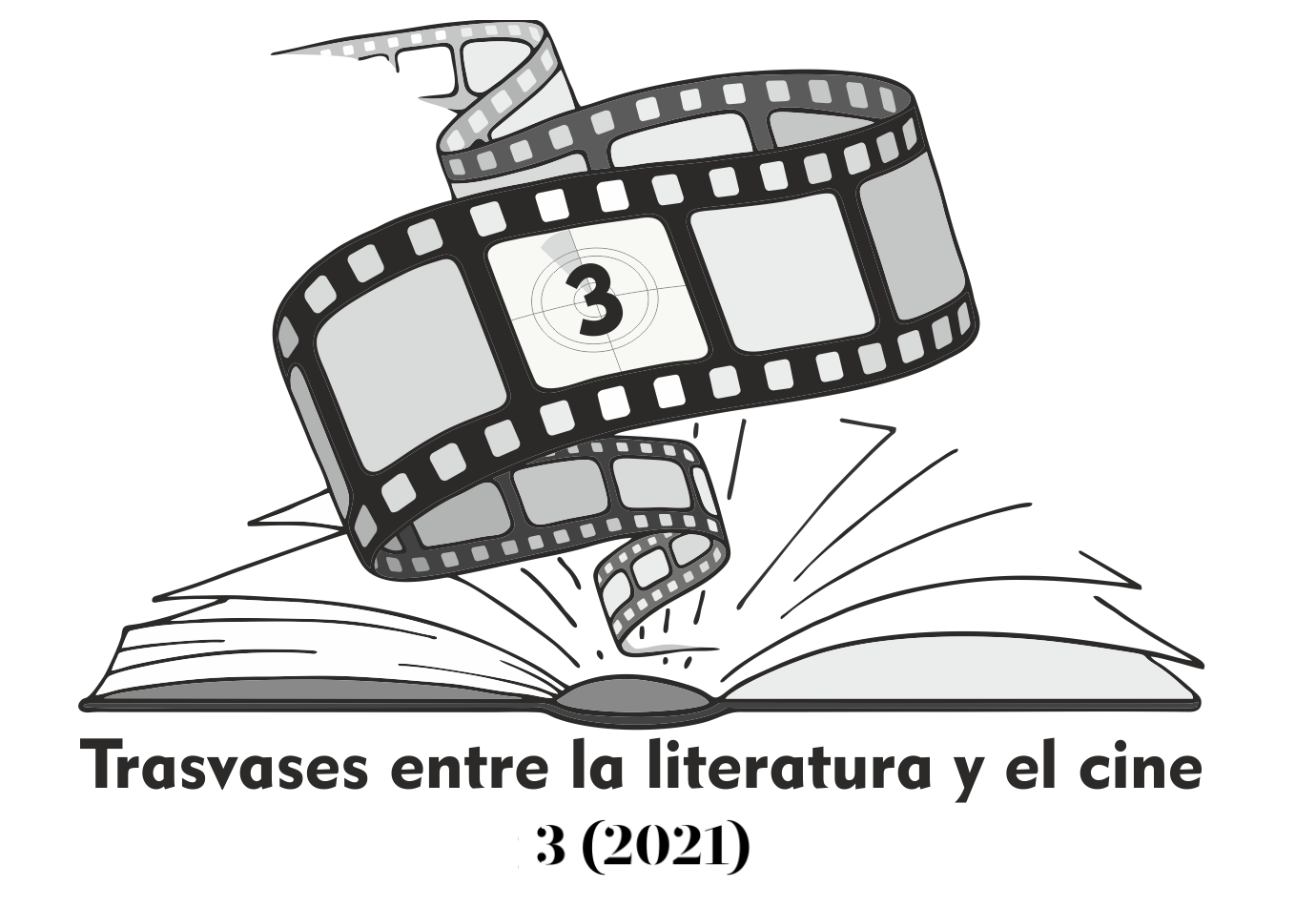The adaptation of Le Mépris (Moravia/Godard): architectural aspects
DOI:
https://doi.org/10.24310/tlc.3.2021.11203Keywords:
film adaptation, architecture and cinema, interartistic theory, Moravia, Godard, Le Mépris, Malaparte, CapriAbstract
Il disprezzo, novel by Alberto Moravia, and Le Mépris, film by Jean-Luc Godard. There is always an intermediate step: it is the script, written but already prefiguring moving images. We can consider it both hypotext of the novel and hypertext of the film. In Liliana Cavani’s film La pelle, the Malaparte house is necessarily the same as in its owner’s autobiographic novel, where it appears and is explicitly described. However in the case of Le Mépris it is a choice of Godard, since the reference to the house in the novel only prefigures that the house is in Capri and has nice views to Punta Campanella. As we will see some of the locations, when adapting to the configuration of the Malaparte, extract from its architecture specific original possibilities of the film and in some way they bring new approaches of greater plasticity to the scenes while, however, the dialogues between the characters remain almost intact. One example is the way in which a singular element such as the upper terrace of the house replaces the beach where Molteni, the screenwriter, finds his wife Emilia. The same terrace appears as well as the set of the Odyssey version that begins to be shoot precisely at the end of Le Mépris.
Downloads
Metrics
Publication Facts
Reviewer profiles N/A
Author statements
Indexed in
-
—
- Academic society
- N/A
- Publisher
- Universidad de Málaga
References
BALLÓ, Jordi y Alain BERGALA (2016), «Presentación», en J. Balló y A. Bergala (eds.), Motivos visuales del cine, Barcelona, Galaxia Gutenberg, págs. 11-16.
CORBACHO CORTÉS, Carolina (1998), Literatura y Arte: El Tópico “Ut Pictura Poiesis”, Cáceres, Universidad de Extremadura.
DALÍ, Salvador (1981), La vida secreta de Salvador Dalí por Salvador Dalí, Figueres, Dasa.
DELTELL, Juan (2009), «3(+1) personajes en busca de terraza», en J. Torres Cuenca (coord.), Casa por casa, reflexiones sobre el habitar, Valencia, General de Ediciones de Arquitectura, págs. 175-205.
GARSON, Charlotte (2016), «La escalera», en J. Balló y A. Bergala (eds.), Motivos visuales del cine, Barcelona, Galaxia Gutenberg, págs. 33-36.
KIERKEGAARD, Søren (2009), La repetición, Madrid, Alianza.
LYNCH, Kevin (1985), La buena forma de la ciudad, Barcelona, Gustavo Gili.
MALAPARTE, Curzio (1987), Una casa tra greco e scirocco, Capri, Il mattino del Sabato.
MORAVIA, Alberto (1987), Il disprezzo, Milano, Fabbri/Bompiani/Sonzogno.
MULVEY, Laura (1989), Visual and Other Pleasures, Indianapolis, Indiana University Press.
SARAVIA, Gloria (2010), «Los dos mundos en Casa Malaparte», Dearq, 7, págs. 96-111.
TALAMONA, Marida (1990), Casa Malaparte, Milano, Edizioni Clup.
VILA, Santiago (1997), La escenografía. Cine y Arquitectura, Madrid, Cátedra.
WELLEK, René y WARREN, Austin (1981), Teoría literaria, Madrid, Gredos.
Downloads
Published
How to Cite
Issue
Section
License
Copyright (c) 2021 Español

This work is licensed under a Creative Commons Attribution-NonCommercial-ShareAlike 4.0 International License.
All authors published in this journal accept the following copyright terms:
a. Authors retain their authors´ rights (copyright) and grant First Publication Rights to the journal, which whill be published under a the Creative Commons Attribution-NonCommercial-ShareAlike 4.0 International (CC BY-NC-SA 4.0) license. All about this license is available in the following link: <http://creativecommons.org/licenses/by-nc-sa/4.0>
b. Authors may separately establish additional agreements for the non-exclusive distribution of the version of the work published in the journal (e.g. including it in an institutional repository, or publishing it in a book) with an acknowledgement of its initial publication in this journal.
c. Authors are allowed and encouraged to disseminate their work electronically (e.g. in institutional repositories or on their own website) as this can lead to productive exchanges, as well as earlier and more extensive citation of published work.
The author is responsible for obtaining permission from the copyright holder when using copyrighted materials.
This electronic journal is published by University of Málaga (UmaEditorial), thus it is necessary to cite the origin of any partial or total reproduction.








22.png)










